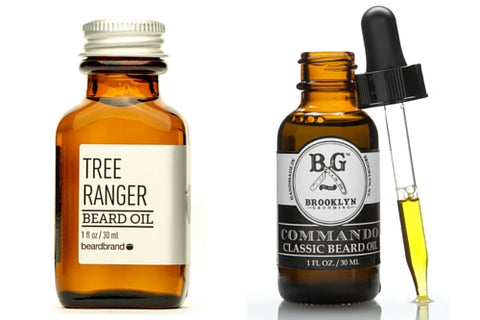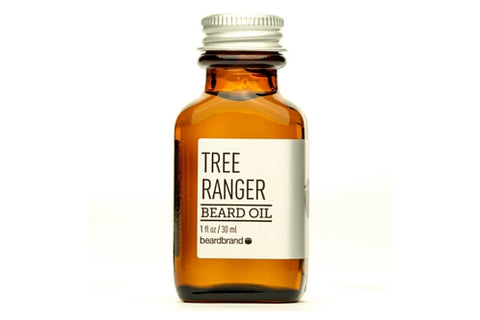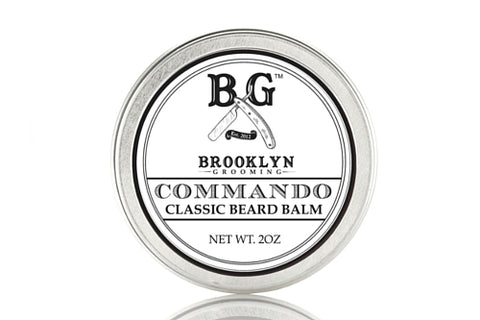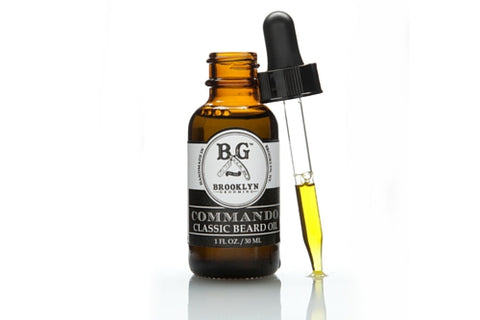
This guide is approximately a 3-minute read.
In this guide, you’ll learn:
- What a beard oil is
- What the difference is between a beard oil and a beard balm
- How to go about choosing a beard oil
Let’s get into it!
--
How to Choose: Beard Oils
Beards are back in a big way, and the beard care industry is booming as a result.
Even if you're completely new to the world of beard grooming, you've probably heard of beard oil before as it's one of the most popular types of beard care products on the market.
Beard oils are blends of oils that soften, condition, and nourish facial hair. When used regularly, they help to keep your beard feeling silky and looking shiny - and can promote healthier, thicker growth.
The oils also help to hydrate your complexion, calming irritation that can give rise to itching.
An example of a beard oil is the Tree Ranger Beard Oil from Beardbrand:

This guide to choosing beard oil will teach you what to look for you so that you can select the right product for your beard care routine.
Beard Oil vs. Beard Balm
Before you begin to shop for beard oil, it's important to understand the differences between beard oil and beard balm, as you may find that a balm is better suited to your needs.
A beard balm contains oils like a beard oil, but it's also made with waxes and butters. Balms can hydrate your beard and your skin to a moderate degree while also helping you more easily style your beard and keep it in place throughout the day.
An example of a beard balm is the Commando Beard Balm from Brooklyn Grooming:

(To learn more about beard balms, check out this guide on how to choose a beard balm.)
If your beard and skin aren't prone to dryness and your growth is normal to fine, you may prefer to use a beard balm. Otherwise, a beard oil is likely the better choice, and you can use a beard paste or beard wax separately for styling.
How to Choose a Beard Oil
When you're shopping for a beard oil, you can consider all or some of the following factors:
1. Skin Type
Some beard oils are formulated specifically for certain skin types.
Ones for dry skin are more intensive moisturizers that provide more hydration for the complexion and your beard, while products for oily skin are lighter and less likely to clog the pores.
Hypoallergenic products are formulated to be gentle to sensitive skin.
2. Scent
The majority of beard oils on the market are scented, and there are many types of fragrances available from clean scents to spicy ones to herbal fragrances to fruity aromas.
You'll want to choose a beard oil with a scent that is appealing to you.
The Commando Beard Oil from Brooklyn Grooming:

3. Concerns & Ingredients
Beard oils can be made from a number of ingredients, giving them unique properties that make them suitable for certain concerns, such as:
- For a flaky beard, look for oils with grape seed, coconut, or tea tree oils.
- To hydrate a very dry beard, look for oils with jojoba, argan, or castor oils.
- If you have acne around your beard, pick oils with argan, grape seed, eucalyptus, tea tree, fir needle, cedar wood, or sandalwood oils.
- For delicate beards, try an oil with argan, sweet almond, castor, or vitamin E oils.
- To restore shine, opt for oils with sweet almond, vitamin E, or argan oils.
- If your beard isn't as lush and full as you'd like, choose oils with castor, coconut, or pine wood oils.
Step Up Your Grooming Game
If you want to keep on stepping up your grooming education, here is some related content:


Comments on this post ( 0 )